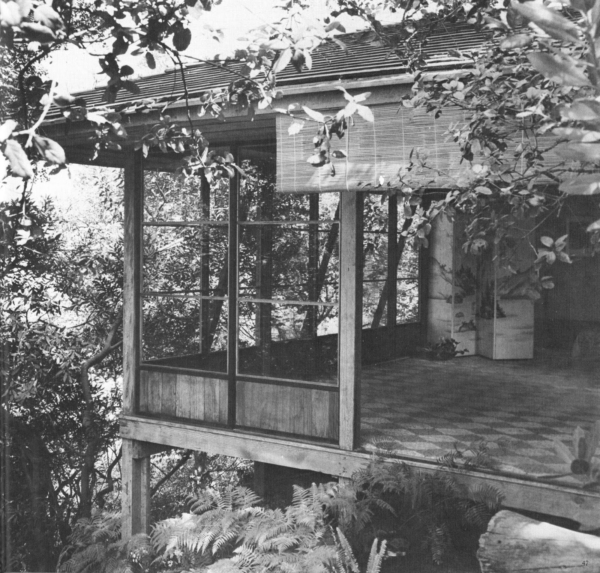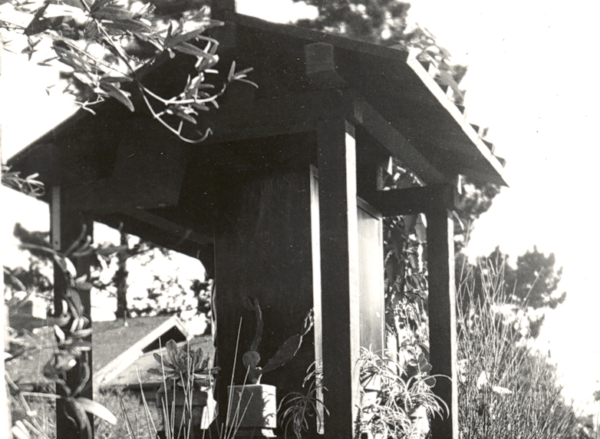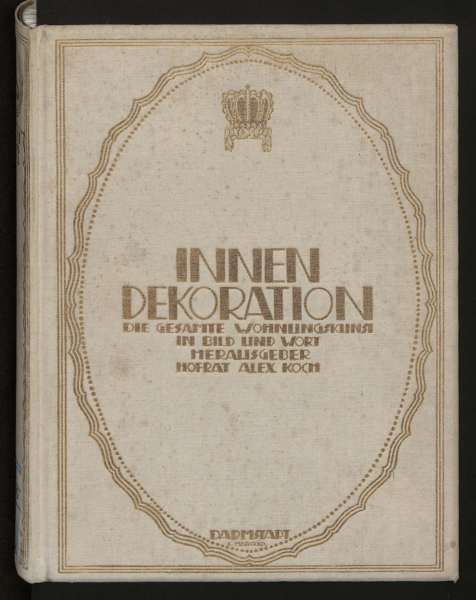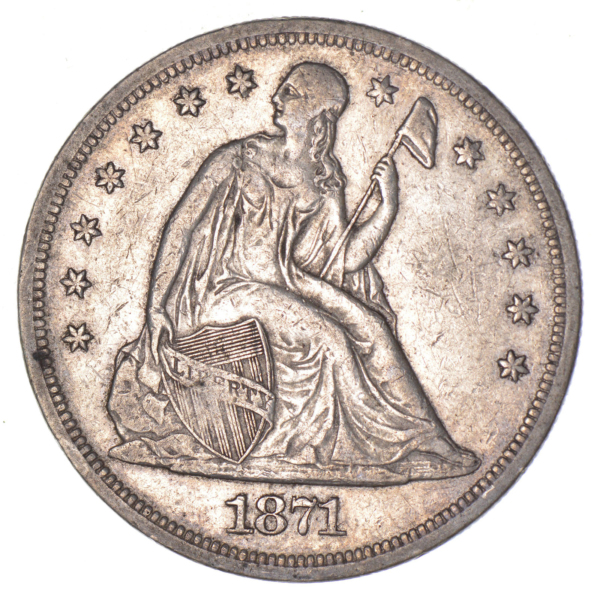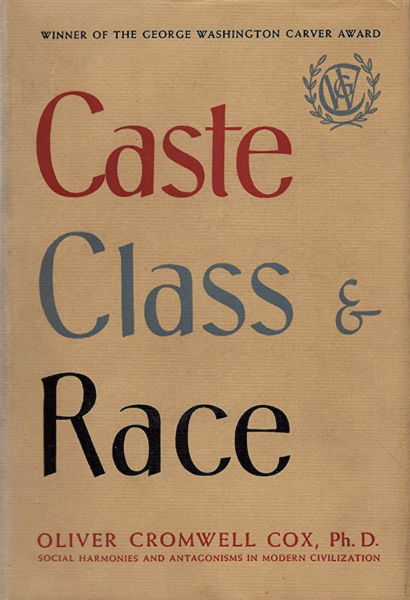
Oliver C. Cox, Gunnar Myrdal, and the Political Limits of Race Relations
From Cox’s perspective, Myrdal falls tragically short at the most crucial moments. Myrdal holds fast to abstractions and to a reformist program where he needed to identify material causes and the overarching requirement of a ruling political class to exploit the labor of the great majority of its population. In a sad but predictable irony, he gave the exploiting class pride of place as the best ally of the dominated caste.

